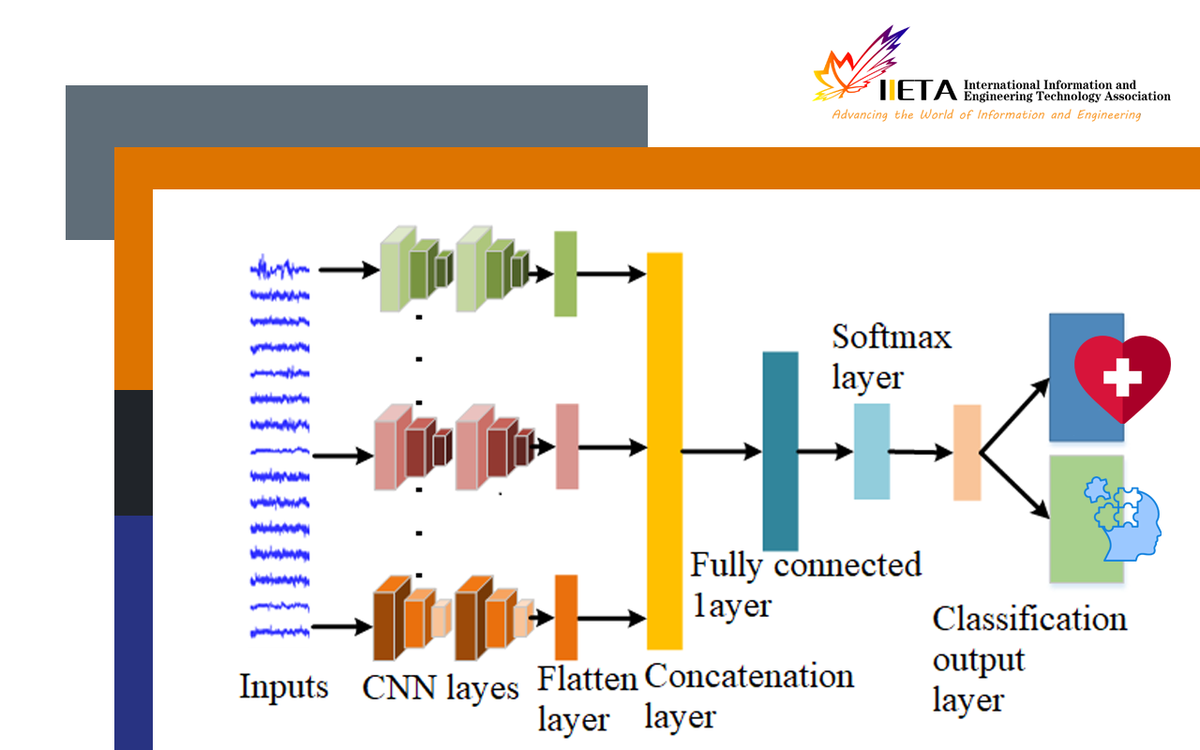EEG-Based Autism Detection Using Multi-Input 1D Convolutional Neural Networks
By Naaman Omar Yaseen | Traitement du Signal
https://doi.org/10.18280/ts.410128
Autism Spectrum Disorder (ASD) is a complex condition affecting children and characterized by challenges in social interaction, communication, and behavior. Typically, evident before the age of three, ASD severity varies. Diagnosis involves a thorough assessment by a multidisciplinary team using criteria from the Diagnostic and Statistical Manual of Mental Disorders, Fifth Edition (DSM-5), a comprehensive guide for mental health conditions, including ASD. This study focuses on employing deep learning techniques and electroencephalogram (EEG) signals for ASD detection. A unique approach is introduced, utilizing a multi-input 1D Convolutional Neural Network (CNN) framework. EEG signals undergo processing, and data augmentation using sliding windows precedes input into the multi-input 1D CNN model. This model incorporates various layers, including 1D convolutional layers, batch normalization, ReLU activation, and a fully connected layer. Experiments utilize EEG data from King Abdulaziz University Hospital, and the method's effectiveness is evaluated using diverse performance metrics. The experimental work is structured into three sections. The initial experiment focuses on specific EEG channels (FP1, FP2, F7, F3, Fz, F4, and F8), achieving a remarkable accuracy of 99.16%. Expanding the investigation to central and temporal EEG channels (C4, Cz, C3, T5, and Pz) yields an accuracy of 98.32%. In the final experiment involving occipital channels (O1, Oz, O2), an accuracy of 97.65% is achieved. Comparative analyses with existing methods consistently demonstrate the superior performance of our proposed approach.

